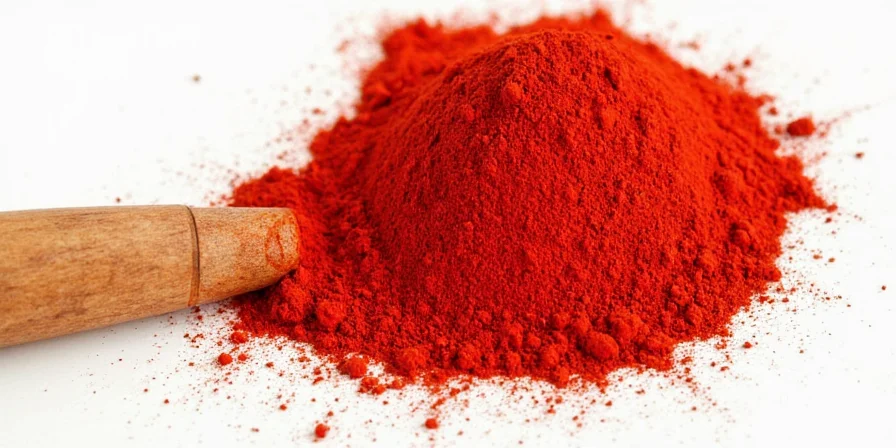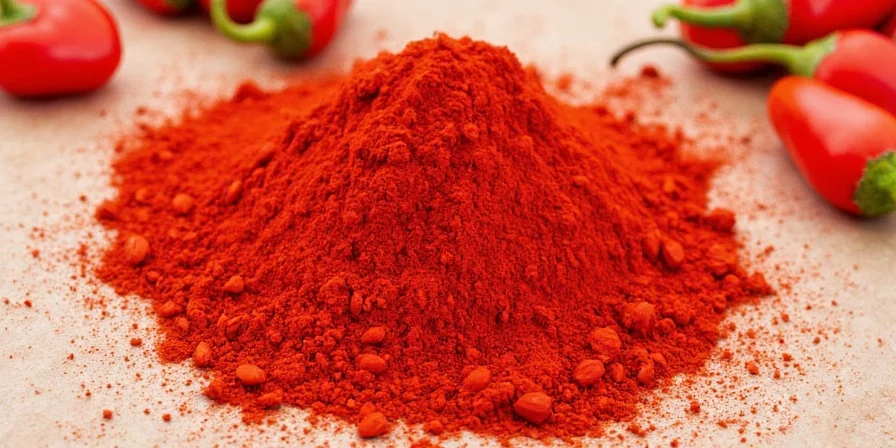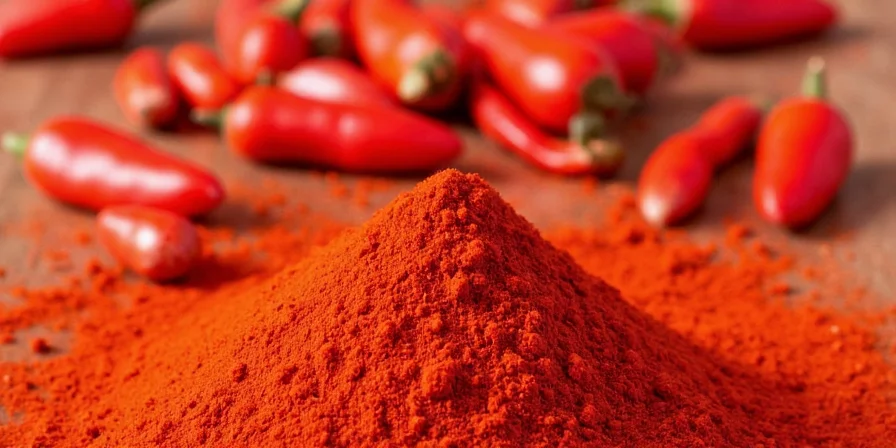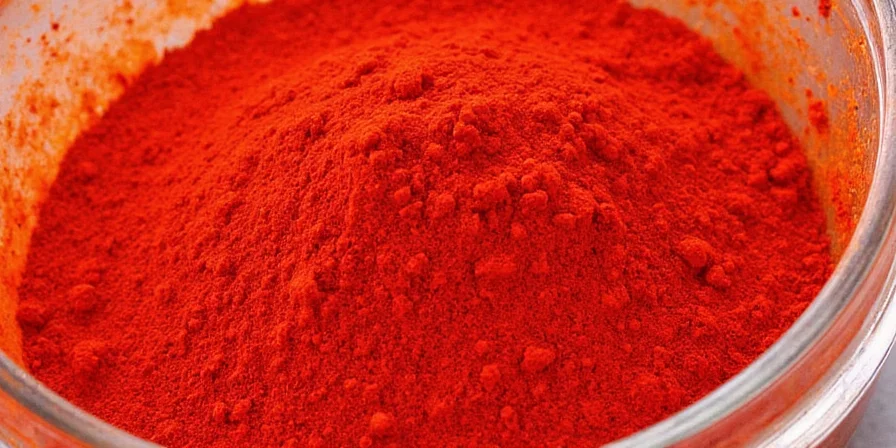Wondering what paprika is, how to use it properly, and which type works best for your recipes? You've landed in the right place. This practical guide delivers exactly what home cooks need: clear answers about paprika types, perfect substitution ratios, storage secrets that maintain flavor, and professional techniques to elevate everyday dishes. Skip the scientific jargon - we focus on actionable advice you can use tonight in your kitchen.

What Are the Different Types of Paprika and When to Use Each?
Understanding paprika varieties prevents recipe disasters. Most cooks don't realize these types have completely different culinary purposes:
| Type | Best For | Substitution Ratio | Common Mistake to Avoid |
|---|---|---|---|
| Sweet Paprika | Coloring stews, soups, potato dishes | 1:1 for color without heat | Using in place of smoked paprika (misses smoky flavor) |
| Smoked Paprika (Pimentón) | Paella, roasted vegetables, barbecue rubs | Use ⅔ amount if replacing sweet paprika | Adding to hot pan first (creates bitter taste) |
| Hot Paprika | Goulash, chorizo, spicy marinades | Start with ½ amount when substituting sweet | Overheating (destroys flavor compounds) |

Professional Paprika Usage Techniques That Actually Work
These chef-tested methods solve common paprika problems:
- Prevent Bitterness: Never add paprika directly to hot oil. Cool pan for 30 seconds, then add paprika and stir 10 seconds before continuing cooking
- Maximize Color: Mix paprika with 1 tsp acid (lemon juice or vinegar) before adding to dishes to preserve vibrant red hue
- Boost Flavor: Bloom paprika in 2 tbsp warm olive oil for 2 minutes before incorporating into recipes
- Storage Secret: Keep paprika in freezer (not pantry) to maintain potency for 2+ years instead of 6 months

Practical Health Benefits of Paprika You Can Use Today
Research shows these real-world benefits you'll notice:
- Just 1 tsp daily improves circulation (feels like warmer hands/feet)
- Enhances iron absorption from plant foods by 30% (great with lentils and beans)
- Reduces inflammation markers that cause joint stiffness
- Preserved through cooking - no need to eat raw for benefits

Where Does Paprika Come From and Why It Matters
The origin affects your cooking results:
- Hungarian Paprika: Made from special sweet peppers grown in specific microclimate - delivers deeper red color and fruitier flavor than generic brands
- Spanish Pimentón: Oak-smoked over 15 days creating complex flavor you can't fake with liquid smoke
- American "Paprika": Often blended peppers with fillers - check label for "100% ground peppers" to avoid disappointment

How to Buy and Store Paprika to Keep It Fresh
Follow these steps to avoid stale, flavorless paprika:
- Check harvest date: Fresh paprika has harvest date within last 6 months (not "best by" date)
- Color test: Rub between fingers - vibrant red stains skin, faded paprika shows orange/yellow
- Storage: Transfer to airtight container and freeze (not refrigerator - moisture ruins spices)
- Revival trick: Stale paprika? Toast in dry pan 30 seconds to temporarily restore flavor

Quick Answers to Top Paprika Questions
- Can I substitute chili powder for paprika? Yes, but use 25% less chili powder and add ¼ tsp cumin to replace missing earthiness
- Why does my paprika turn dishes bitter? Added to high heat - always cool pan 30 seconds before adding
- How much paprika equals cayenne pepper? 1 tsp hot paprika = ¼ tsp cayenne (adjust to taste)
- Does paprika expire? Loses potency after 6 months at room temperature, but remains safe indefinitely
- What's the difference between sweet and smoked paprika? Sweet = pure ground peppers, smoked = peppers dried over oak fires











 浙公网安备
33010002000092号
浙公网安备
33010002000092号 浙B2-20120091-4
浙B2-20120091-4